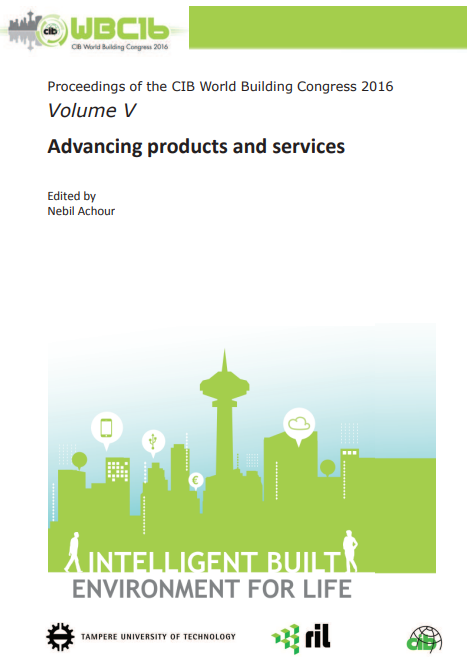The development of a generic design for primary healthcare facilities in South Africa

01 May 2016
English
uKESA Librarian, Llewellyn van Wyk, Peta de Jager
Conference paper
Council for Scientific and Industrial Research
Africa
Primary healthcare (PHC) service delivery is severely hampered by lack of and poor quality infrastructure. In many cases, the physical infrastructure at clinics is old, inadequate and in some cases not suitable for use. The provision of services (water, sanitation and electricity) is in many cases not adequate, especially in rural areas. This study developed a generic design for modular conventional clinics and for rapid deployment clinics. Researched, patient-centric service delivery and workflow have been used as major drivers for design configuration. Clinics have been organised to accommodate three patient streams: namely chronic services, acute services, preventive and promotive services. An optimal patient flow pattern was determined and the infrastructure norms and standard guidelines developed by the South African National Department of Health were considered.
The space requirements were derived from the design terms of reference and the PHC norms and standards. Two methods of construction were assumed, i.e. traditional brick and mortar, and Innovative Building Technology (IBT) system with the latter being an insulated panelised system. A conceptual design for a generic, basic clinic for use in South Africa is developed. The conceptual design is modular based and allows for additional functions to be added as and when required. The design is both flexible and adaptable. It is highly likely that the clinic may function off-grid under certain circumstances.




Comments